How to Perfect Your Event and Promotion Planning

Imagine planning the perfect event as if you were conducting a symphony.
Quick Summary
Planning an event is like conducting a symphony, requiring meticulous attention to detail. Start by defining clear objectives that will guide all planning decisions, followed by a strategic budget that prioritizes impactful spending. The venue should resonate with your event theme, while a comprehensive timeline ensures all tasks are managed effectively. Engaging your audience and seamless logistics are crucial for success. Finally, gather feedback to refine future events, ensuring each element
Every detail, from the venue to the promotional campaign, must come together harmoniously to create an unforgettable experience.
Successful events are not only about the day itself but also about the strategic promotion that ensures a full house and engaged audience.
Ready to Grow Your Business?
Get a free consultation and custom strategy tailored to your goals.
Vision to Reality: Setting Clear Objectives
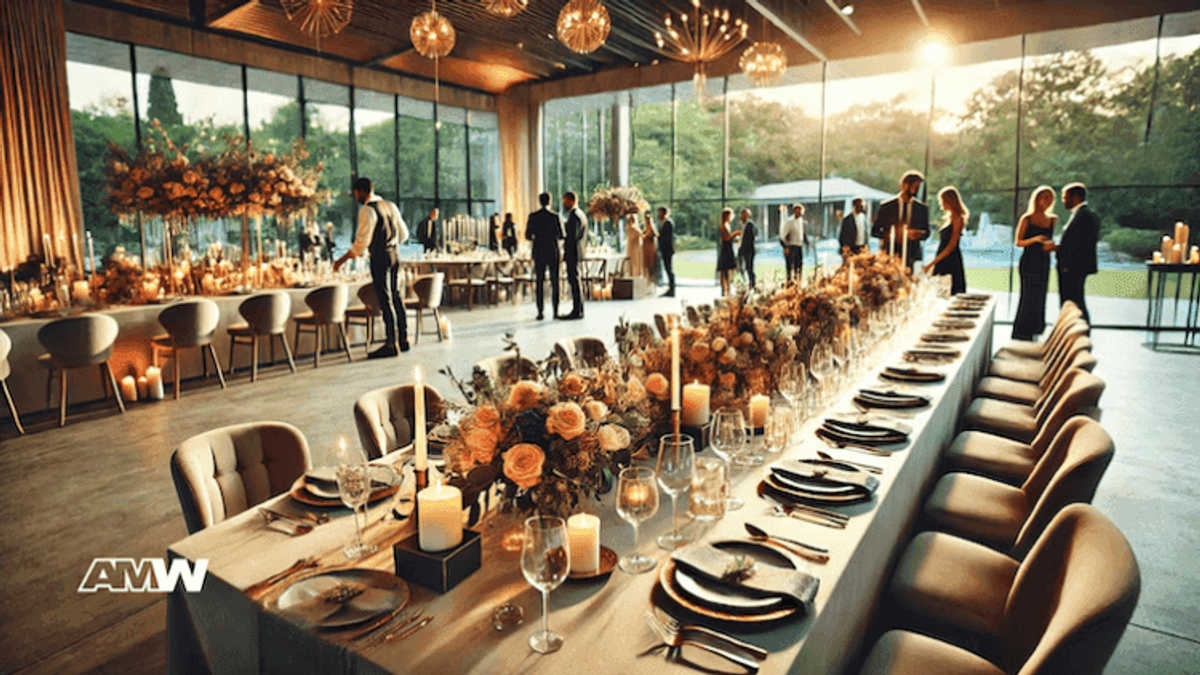
Every great event starts with a clear vision. Defining your objectives is crucial because it sets the foundation for all subsequent planning activities.
Begin by asking yourself what you want to achieve with this event.
Are you going to launch a new product, increase brand awareness, or perhaps foster community engagement?
Instead of setting a vague goal like "increase awareness," specify how much you want to increase awareness and through which channels.
A more precise objective could be to "increase social media engagement by 20% within three months post-event." These will guide your decision-making and help you track the success of your event.
Budget: Making Every Dollar Count
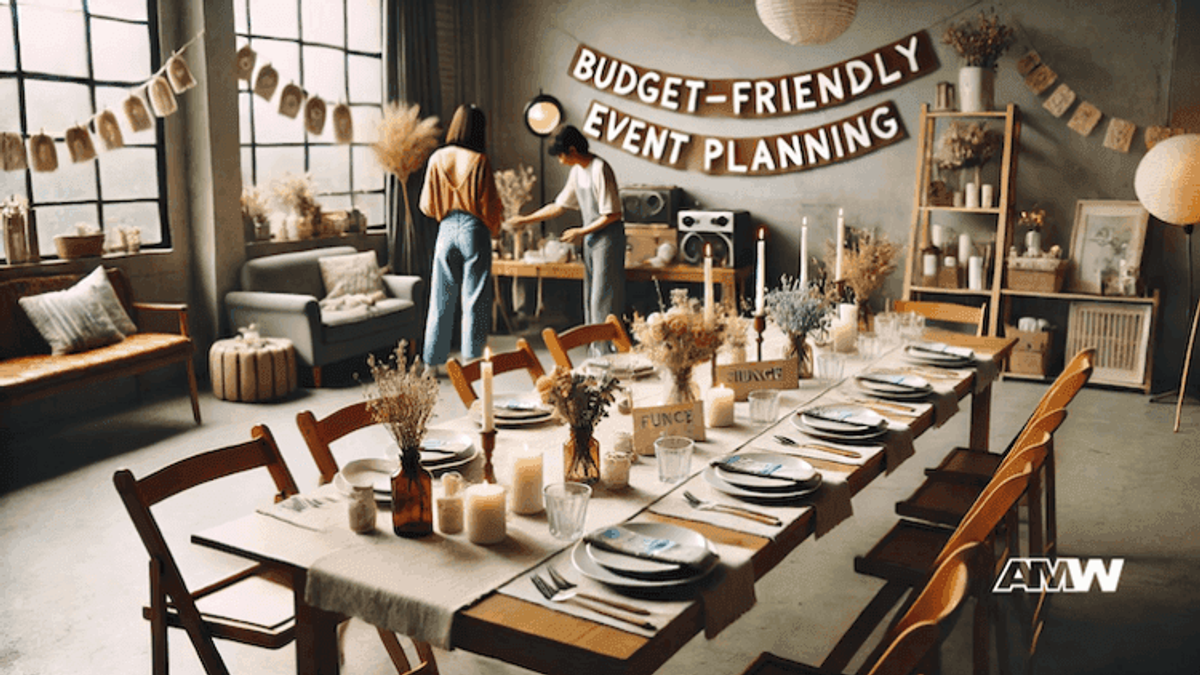
Creating a budget is an essential part of the planning process. Think of your budget as a financial storyboard that helps you visualize where every dollar will go.
Begin by listing all potential expenses, including venue costs, marketing materials, catering, entertainment, and contingency funds for unexpected costs.
It's important to prioritize spending in areas that will have the most significant impact on your event's success.
For example, investing in high-quality promotional materials can increase attendance and engagement. Look for ways to stretch your budget. This might include negotiating with vendors for better rates, seeking sponsorships, or leveraging cost-effective digital marketing tools.
Regularly review your budget against actual expenses to stay on track. Financial discipline in the planning stages will help avoid last-minute financial surprises and ensure that you can allocate funds effectively to the areas that matter most.
Venue: Choosing the Perfect Setting
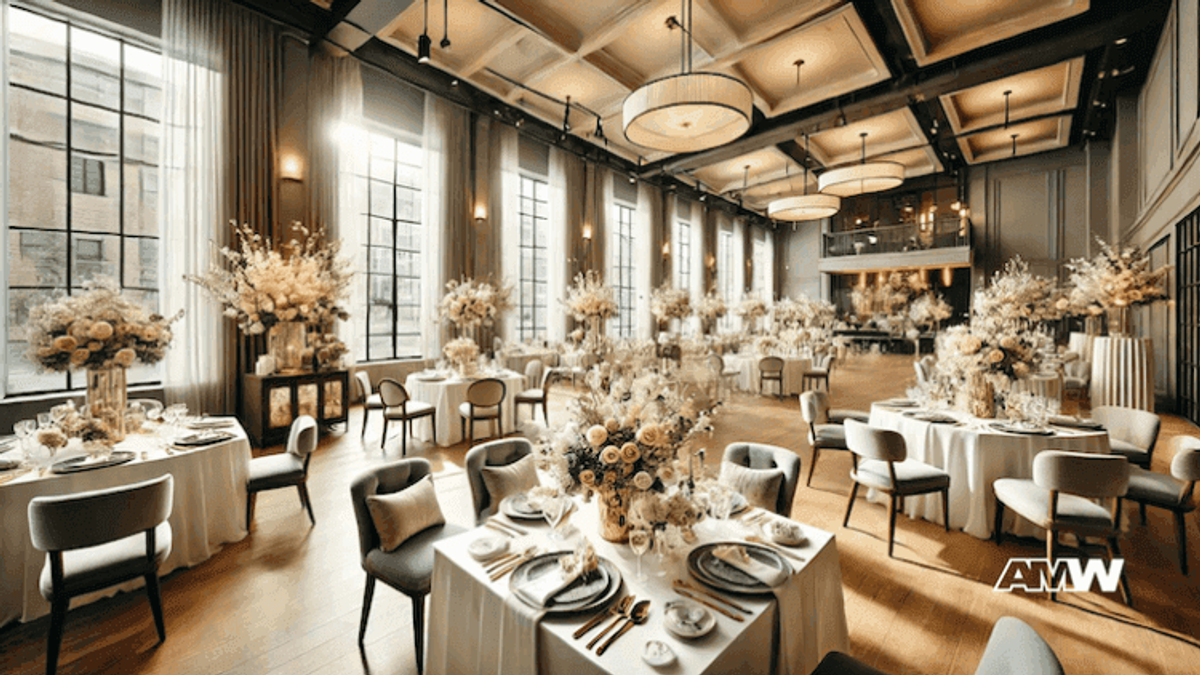
The venue you choose sets the stage for your entire event. It's more than just a physical space; it's a crucial element that impacts the overall experience.
When selecting a venue, consider factors such as location, capacity, amenities, and how well it aligns with your event's theme and objectives.
Start by defining what kind of atmosphere you want to create.
For a corporate conference, you might choose a modern, high-tech facility, while a product launch might benefit from a trendy, urban loft.
Visit venues in person to get a feel for the space and ensure it meets all your logistical requirements, such as accessibility, parking, and technical support.
Booking the venue well in advance is important to secure your date and avoid last-minute hassles.
Once the venue is locked in, you can tailor your event plan to fit the space, ensuring that all elements, from seating arrangements to audio-visual setups, contribute to a cohesive and memorable experience.
The Timeline: Mapping Out Your Event
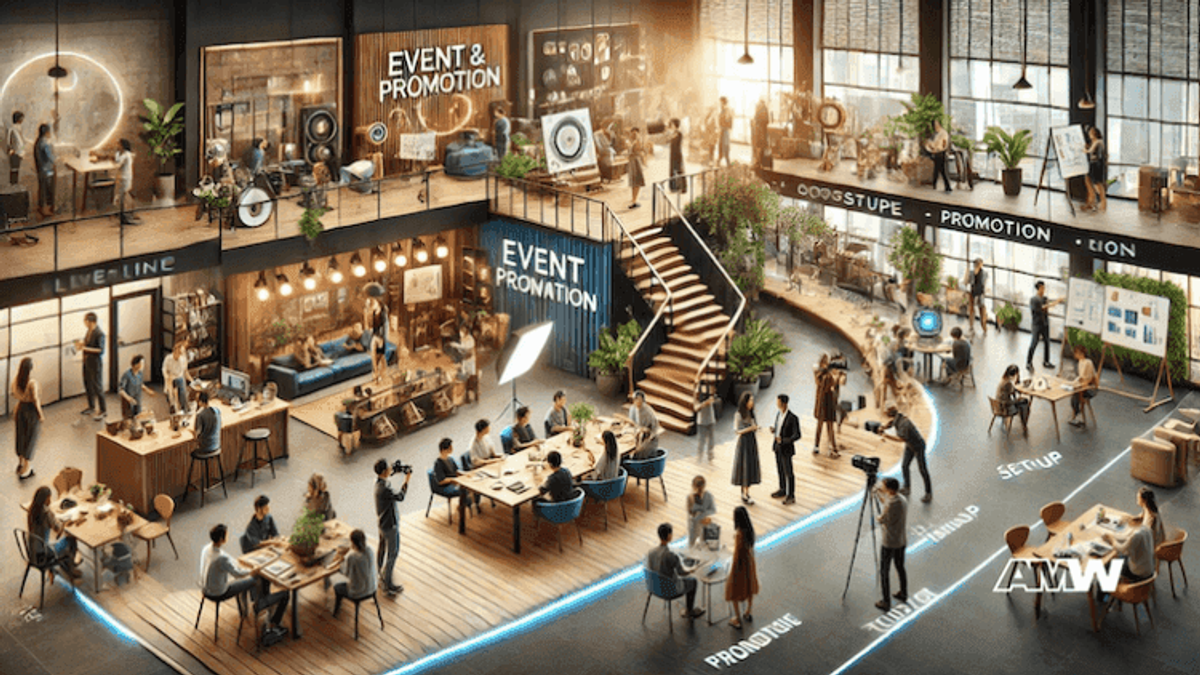
Creating a comprehensive timeline is like mapping out a journey from the initial planning stages to the event day and beyond.
A detailed timeline helps ensure that no critical task is overlooked and that every aspect of your event is well-coordinated.
Start by listing all major milestones and work backward from the event date. Key milestones might include finalizing the venue, booking speakers or entertainment, launching your promotional campaign, and coordinating with vendors. Break these milestones into smaller, manageable tasks and assign deadlines to each.
Using project management tools can help keep everything organized. Different tools allow you to visualize your timeline, assign tasks, and track progress.
Regularly review your timeline as needed to accommodate any changes or unexpected challenges.
Sticking to your timeline is crucial for maintaining momentum and ensuring that every aspect of your event is executed flawlessly.
Ready to Grow Your Business?
Get a free consultation and custom strategy tailored to your goals.
By meticulously mapping out your event journey, you can navigate event planning with confidence and ease.
By following these initial steps, you set a solid foundation for a successful event and promotion strategy.
The Art of Promotion

Promotion is the bridge that connects your event to your audience. A well-crafted promotion strategy ensures that your event not only reaches the right people but also generates excitement and anticipation.
Start by finding your audience and understanding where they spend their time. This will inform your choice of promotional channels, whether it's social media, email marketing, partnerships, or traditional media.
Create a compelling story around your event. Develop a series of promotional materials, including teaser videos, infographics, blog posts, and press releases, that build a cohesive story about what attendees can expect.
Leverage social media to amplify your message. Utilize a mix of organic posts and paid advertisements to reach a broader audience. Engage by sharing behind-the-scenes, running contests, and encouraging user-generated content with event-specific hashtags.
Email marketing is another effective tool; create a series of engaging emails that provide valuable information and incentives, such as early-bird discounts, to encourage registrations.
Partnerships can also enhance your promotional efforts. Collaborate with influencers, industry leaders, or complementary brands to expand your reach. Cross-promotions can introduce your event to new audiences and add credibility.
Remember to maintain a consistent and engaging message across all channels to create a buzz-worthy campaign that drives interest and attendance.
Audience Engagement: Turning Attendees into Participants
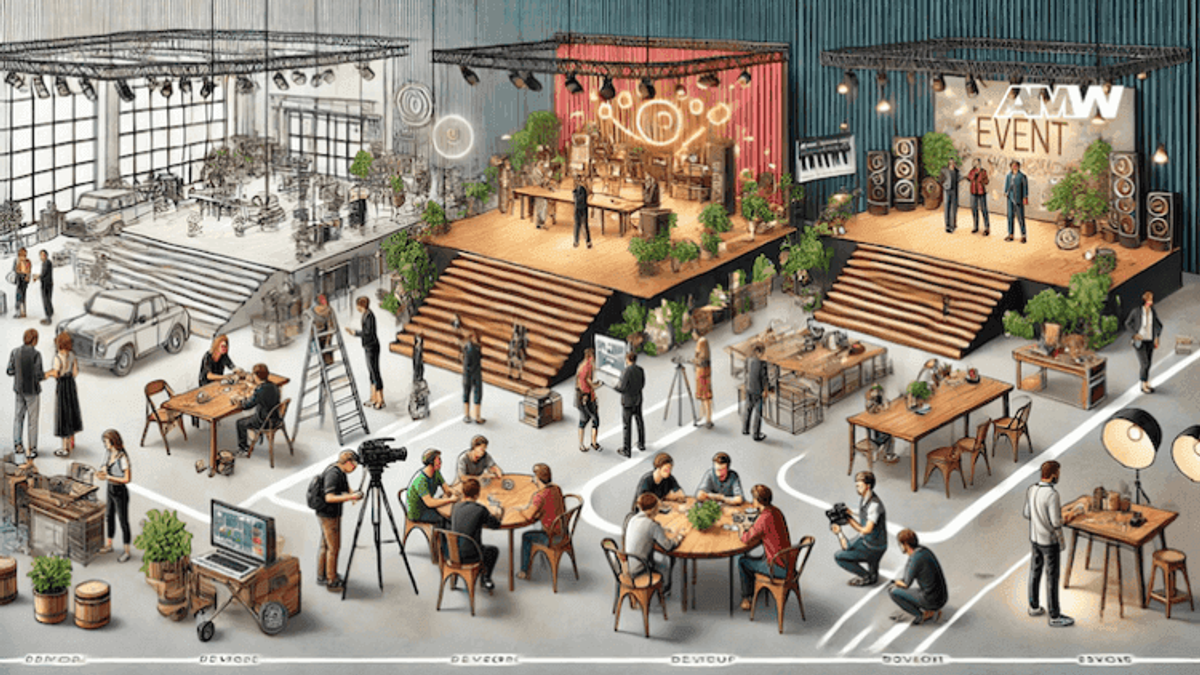
Once you've attracted attendees to your event, the next challenge is keeping them engaged. To run a successful event, focus on creating engaging and immersive experiences. This will help ensure that attendees actively participate instead of just watching.
Start by designing a program that offers a mix of activities. Incorporate interactive elements such as workshops, live demonstrations, and Q&A sessions with speakers.
Use technology to enhance engagement; event apps can provide personalized schedules, networking opportunities, and interactive features like live polling and real-time feedback.
Consider the flow of your event and how to maintain energy levels throughout the day. Break up long sessions with networking breaks, interactive exhibits, or entertainment segments. Create opportunities for attendees to connect, such as icebreaker activities or facilitated networking sessions.
Personalization is another powerful tool for engagement. Use registration data to tailor experiences to individual preferences. Personalized welcome messages, tailored content recommendations, and exclusive access to certain activities can make attendees feel valued and special.
Finally, encourage social sharing and interaction. Set up photogenic spots around the venue, create event-specific hashtags, and incentivize attendees to share their experiences on social media.
By turning attendees into active participants, you create a dynamic and memorable event that resonates long after it's over.
Behind the Scenes: Coordinating Logistics

The event depends on seamless logistics. While the audience sees the final performance, it's the meticulous behind-the-scenes coordination that ensures everything runs smoothly. Start with a detailed logistics plan that covers all aspects of the event.
Coordinate transportation and accommodations for speakers, performers, and VIP guests. Ensure that travel itineraries are well-organized and that there are contingencies in place for any delays. On-site, provide clear signage and information to guide attendees and staff.
Technology plays a role in modern event logistics. Technical requirements should be met, from audio-visual setups to Wi-Fi availability. Conduct thorough rehearsals to identify and address any potential issues in advance. A technical support team should be on standby during the event to quickly resolve any problems that arise.
Food and beverage logistics are equally important. Plan the menu with caterers to match the event's theme and the guests' preferences. Consider any dietary restrictions and allergies. Manage serving times and locations effectively to avoid long lines and ensure a smooth dining experience.
Ready to Grow Your Business?
Get a free consultation and custom strategy tailored to your goals.
Contingency planning is essential. Prepare for unexpected challenges with backup plans for key elements such as alternative venues, additional staffing, security, and emergency medical support. By meticulously coordinating logistics with flair, you ensure a seamless and professional experience that allows the event to shine.
Measuring Success and Gathering Feedback
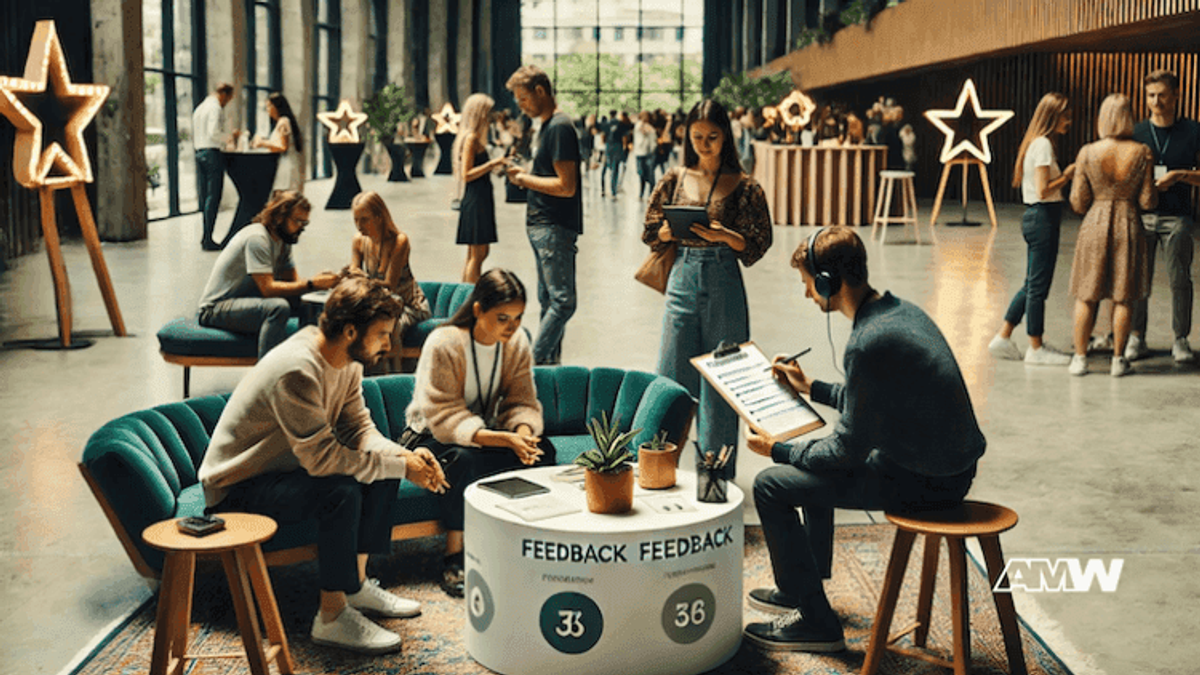
The end of the event is just the beginning of understanding its impact. Measuring success and gathering feedback is crucial for evaluating the event's effectiveness and planning future improvements.
Start by comparing the event outcomes against your initial objectives. Assess metrics such as attendance numbers, engagement levels, and social media activity to gauge overall success.
Collect feedback from attendees, speakers, and stakeholders through surveys, interviews, and informal conversations. Use digital tools to facilitate feedback collection, such as mobile surveys or interactive feedback stations. Encourage honest and constructive feedback by ensuring anonymity and offering incentives.
Feedback can find strengths and areas for improvement. Look for patterns and common themes that highlight what worked well and what didn't. Use this information to create a comprehensive post-event report that includes key findings, insights, and recommendations for future events.
Reflect on the promotional campaign's performance by reviewing engagement metrics and ROI. Identify which channels and tactics were most effective and consider how to refine your strategy for future promotions.
Finally, share the success of the event with your audience and stakeholders. Highlight key achievements, share testimonials, and provide a glimpse into the behind-the-scenes efforts.
Reflect on the promotional campaign's performance by reviewing engagement metrics and ROI. Identify which channels and tactics were most effective and consider how to refine your strategy for future promotions.
Finally, share the success of the event with your audience and stakeholders. Highlight key achievements, share testimonials, and provide a glimpse into the behind-the-scenes efforts.
By following these comprehensive steps, you can perfect your event and promotion planning, ensuring a successful and memorable experience that meets and exceeds your goals.
Conclusion: The Final Bow
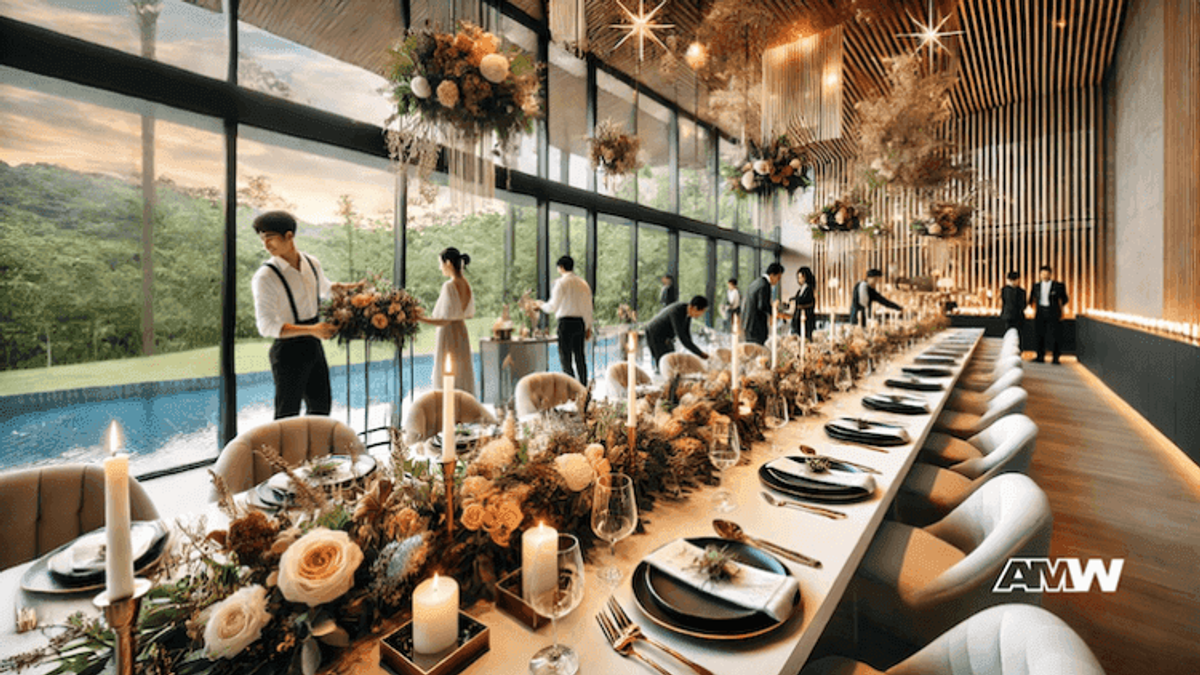
Perfecting your event and promotion planning is akin to conducting a well-rehearsed symphony.
Each element, from setting clear objectives to engaging your audience, plays a vital role in creating a harmonious and impactful event.
Through careful planning and execution, you can make sure that your event doesn't just meet expectations, but exceeds them, leaving a strong impression on your audience and stakeholders.
By embracing creativity and attention to detail, you can transform your event planning process into a tool for achieving your goals and creating memorable experiences.
As you plan your next event, remember that each detail contributes to the overall success. With careful preparation and innovative strategies, you can turn your vision into a reality.
FAQ
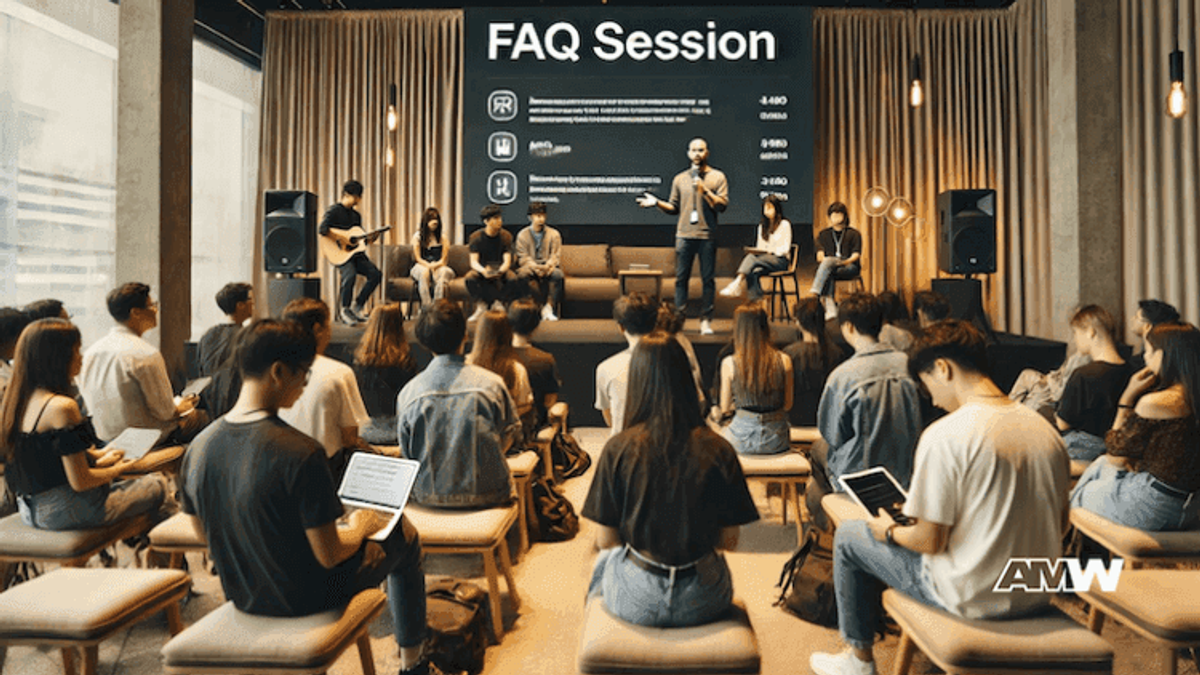
How can I infuse creativity into my event planning?
Think outside the box with themes, interactive elements, and unique venues. Use storytelling to guide your planning process and create a memorable experience.
What are some unconventional venues for events?
Consider places like art galleries, parks, botanical gardens, and more. The venue should complement your event's theme and atmosphere.
How do I create a buzz for my event on a tight budget?
Leverage social media, partner with influencers, create engaging content, and use guerrilla marketing tactics to generate excitement without breaking the bank.
What are some ways to engage my audience during the event?
Use live polls, interactive installations, gamification, and personalized experiences to keep attendees engaged and involved throughout the event.
How do I ensure my event runs smoothly behind the scenes?
Have a detailed logistics plan, a well-coordinated team, and contingency plans for unexpected issues. Regular rehearsals and checklists can also help ensure smooth operations.
How can I make feedback collection more engaging for attendees?
Use interactive methods like digital kiosks, feedback walls, or fun surveys. Offering incentives such as prizes or discounts can also encourage participation.

Ready to Grow Your Business?
Get a free consultation and custom strategy tailored to your goals.
Related Articles

Behind Tomorrowland’s Rise to a Multi-Million Euro Cultural Movement
When Tomorrowland Belgium sells out 400,000 tickets across two weekends in less than an hour each year, it's not merely luck or lineup strength driving those numbers. The festival has engineered one o

Philips Bodygroom as a Case Study in Bold Marketing and Consumer Insight
The men's grooming industry has undergone a dramatic transformation over the past two decades, moving from basic necessities to comprehensive personal care routines. Within this evolution, few brands

Inside the Timeless Appeal of America’s Favorite Oat Circles - Cheerios
When General Mills introduced Cheerios to American breakfast tables in 1941, no one could have predicted that these simple whole grain oats circles would become one of the most recognizable brands in